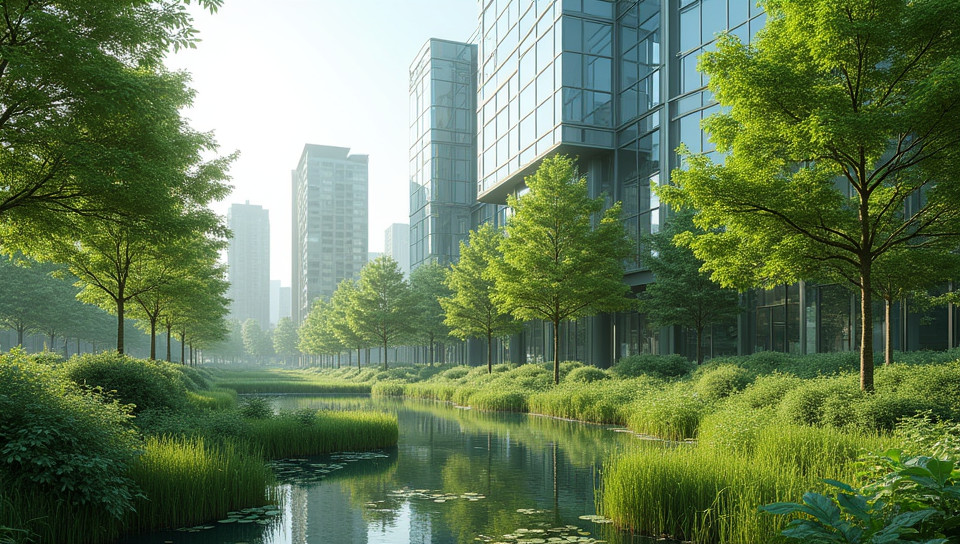Vegetation helps reduce energy consumption in green buildings 46%

Green Buildings: The Power of Vegetation in Reducing Energy Consumption
As we continue to urbanize and our cities grow, the need for sustainable and energy-efficient buildings has never been more pressing. One innovative approach that's gaining traction is the incorporation of vegetation into building design. By harnessing the power of plants, architects and builders can create green buildings that not only reduce their carbon footprint but also provide a healthier environment for occupants.
The Benefits of Vegetation in Green Buildings
Vegetation plays a crucial role in reducing energy consumption in green buildings by providing insulation, shading, and cooling. Here are some key benefits:
- Reduces urban heat island effect
- Regulates indoor temperature through transpiration
- Provides natural insulation through leafy branches and foliage
- Helps to purify the air and improve indoor air quality
How Vegetation Can Help Reduce Energy Consumption
In hot climates, buildings can consume up to 70% of their energy on cooling. Vegetation can help mitigate this by providing natural shading and reducing the need for mechanical cooling systems. By incorporating plants into building design, architects can create a more efficient and sustainable building envelope.
Case Studies: Successful Implementation of Vegetation in Green Buildings
Several case studies demonstrate the effectiveness of vegetation in reducing energy consumption in green buildings. For example:
- The Amazon Spheres in Seattle, Washington feature over 40,000 plants, including ferns, flowers, and trees, which help regulate temperature and humidity levels inside the building.
- The Hearst Tower in New York City features a rooftop garden that provides insulation and reduces stormwater runoff.
Conclusion
Incorporating vegetation into green buildings is a simple yet effective way to reduce energy consumption and create a more sustainable built environment. By harnessing the power of plants, architects and builders can create buildings that not only meet but exceed sustainability standards. As we move forward in our pursuit of net-zero energy buildings, incorporating vegetation into building design should be a top priority.
- Created by: Sophia Evans
- Created at: Dec. 19, 2024, 1:56 p.m.
- ID: 16818








